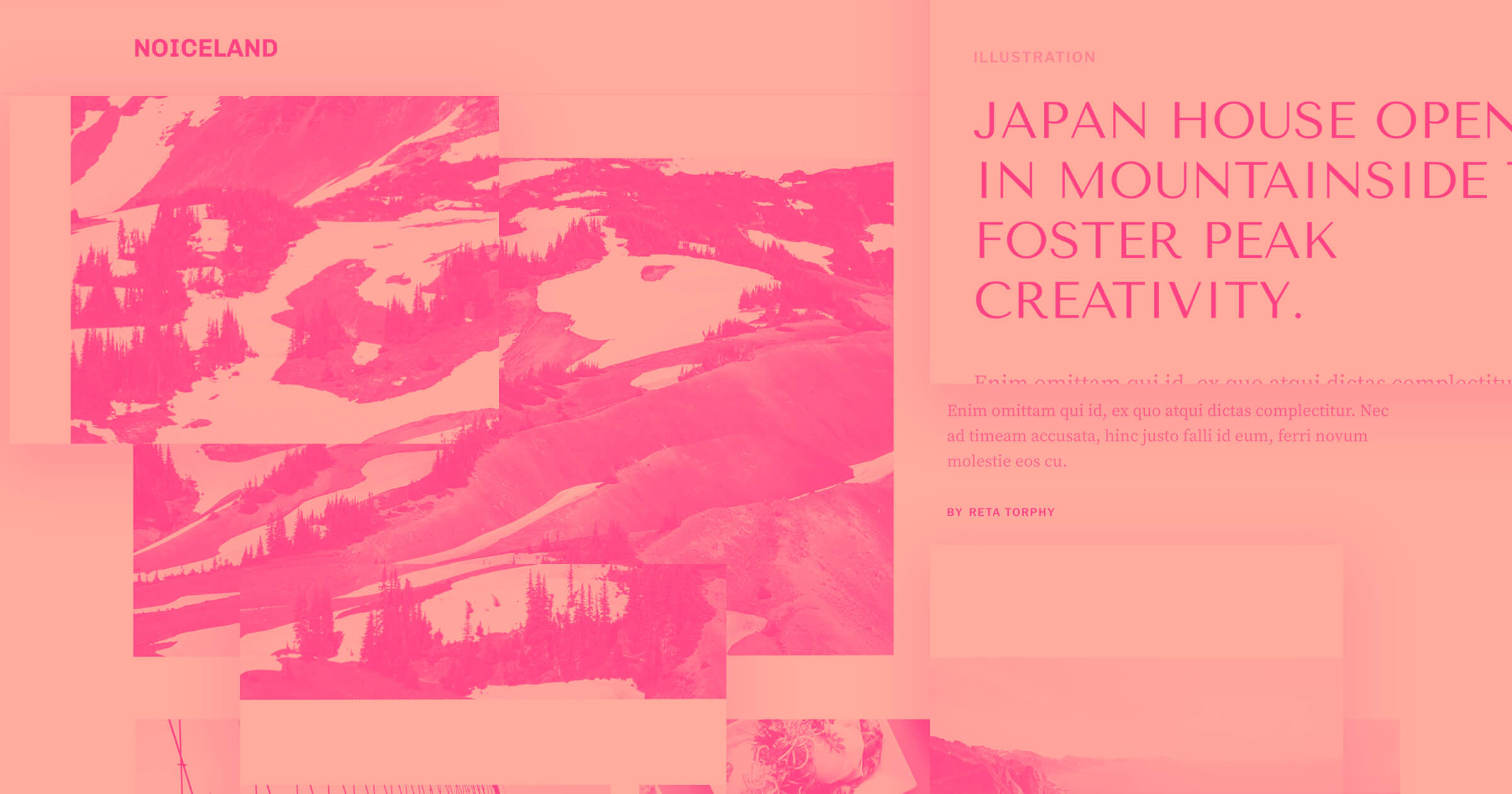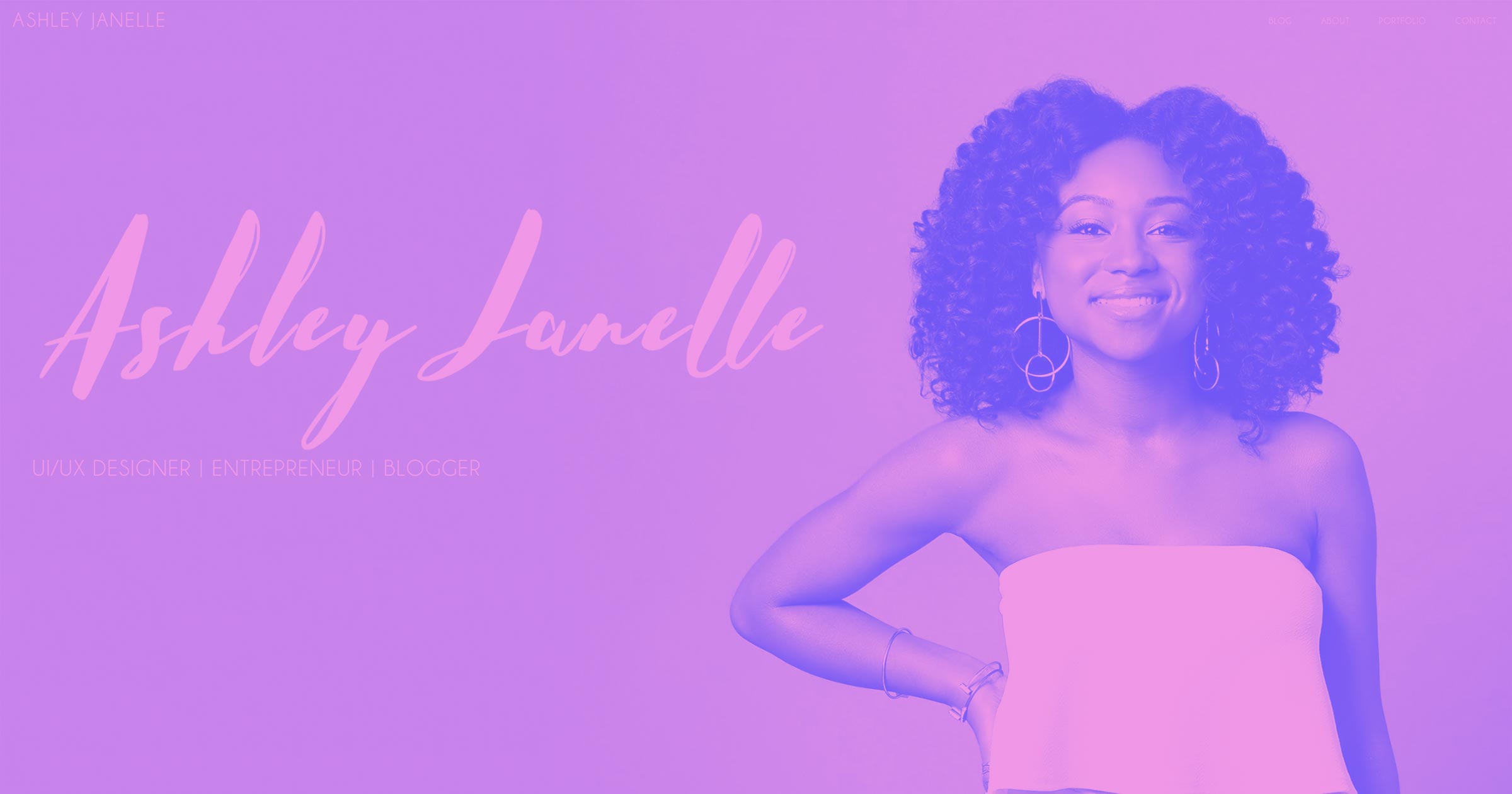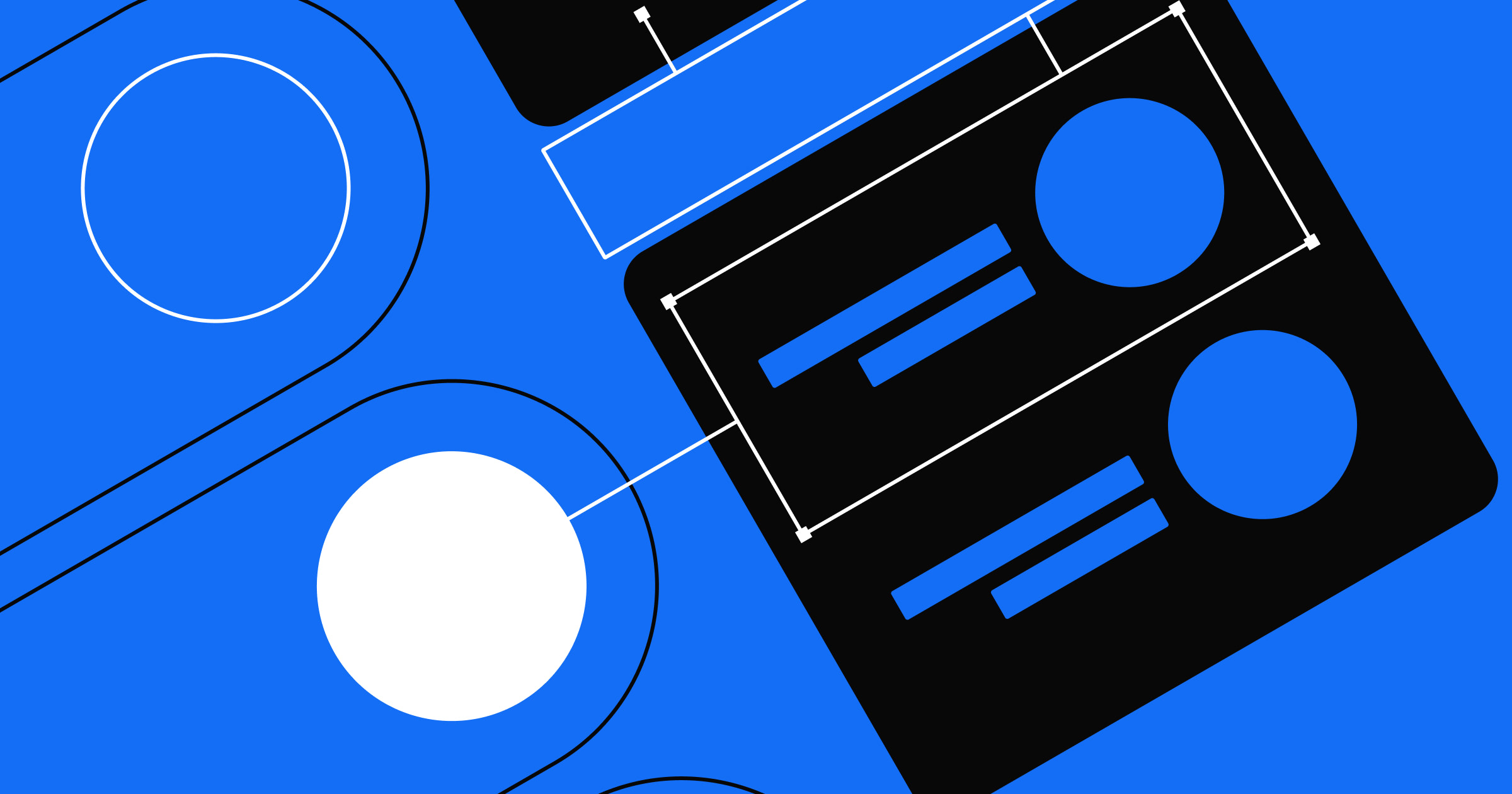Balance engaging content with attractive design to captivate your readers and ensure your blog stands out from the crowd.
Of the 1.9 billion sites on the web, around a third are blogs. With so much competition for readers’ attention, building a following can be challenging.
It’s worth the effort, however — the right blog can pay massive dividends. Companies that blog receive 55% more website traffic than those that don’t. Some individual bloggers can turn their blogs into a livable — or even seven-figure — income.
To help your blog attract visitors, combine beautiful aesthetics with top-of-the-line user experience. Whether the site is part of a multi-pronged digital marketing strategy or an outlet to share your thoughts with the world, a strong blog design captures attention and keeps readers coming back for more.
Designing an eye-catching blog: The basics
A blog’s design makes or breaks reader engagement; clashing or disorganized layouts, difficult navigation, and eye-straining text reveal the need for a refresh. While spotting these blog design missteps is easy, understanding how to fix them can be complex.
Here are some ways to get your blog off to a flying start:
- Define your content strategy. Blogging is a great way to boost search engine optimization (SEO). Create a content marketing strategy with keyword research to offer visitors evergreen, topical content that’s relevant and engaging.
- Be clear on what you want visitors to do. On average, blogs have a 65-90% bounce rate. To address this, clearly define your blog’s purpose and strategically place calls to action (CTAs) to engage and guide visitors toward desired actions. If you monetize the blog, experiment with ways to increase conversions and sales.
- Eliminate clutter. Pique interest with carefully curated articles on the landing page. To provide a seamless, focused user-experience, avoid overwhelming visitors with pop-ups, busy sidebars, and crowded navigation menus.
- Respect visitors’ time. Increase reader satisfaction and engagement by reducing user friction whenever possible. Monitor page load time and keep it under two seconds. Use infinite scroll where possible so people don’t have to click to bring up the content they want. Consider using a progress bar on long posts to show readers how much of the article is left.
- Focus on readability. While you can use handwriting, graffiti, or other display fonts to add a splash of personality, make typography choices for body text that prioritize readability to ensure content is easy to consume.
- Break up posts with subheadings and images. Big blocks of text can be intimidating, so use headings and images to give readers’ eyes a rest. Incorporating images helps boost engagement rates, with the sweet spot at 7–10 images per post. A study by Jakob Nielsen found that people spend more time looking at photos of people than reading text about them — but that focus only applies to images of specific people, not stock photos.
- Make it easy to share your content. Include unobtrusive social share buttons to encourage people to share content they like on social media platforms. This practice expands your blog’s reach, increases visibility, and drives web traffic.
- Keep it modern. Embrace recent web design developments to demonstrate that your blog is up to date and in tune with contemporary trends. While you don’t need to fully conform to all design trends, incorporating modern designs signals to visitors that your content is fresh and relevant.
Remember, the journey doesn’t end with launching your blog. After you’ve gone live, check the blog’s performance analytics regularly to analyze what kind of content visitors like, how long they stay on the site, and how different visuals affect their experience. If the blog is yours or you have an ongoing relationship with the client, you can even A/B test several options.
Drawing inspiration from successful designs can also guide your choices. The following blog design examples illustrate how other designers have risen to the challenge.
9 examples of blog design excellence for creative inspiration
There’s no cookie-cutter formula for a successful blog. These nine examples take unique approaches to harmoniously balancing content, functionality, and visuals.
1. minimalgoods

Product designer Bryan Maniotakis uses his minimalgoods blog to showcase well-designed products through reviews and high-quality images. The site’s minimalist design includes plenty of white space and a black-and-white color scheme that draws attention to the colors in the photographs. The navigation bar is minimalist, too; it only has two options, simplifying and streamlining the user experience.
2. JO&SO

Travel blog JO&SO, founded by Portuguese sisters Joana and Sofia Lacerda, exemplifies user-friendly organization. With a focus on reviewing boutique hotels, guesthouses, and holiday homes across Portugal, Sofia’s site offers visitors seamless, pleasant navigation. Using a clever system of color-coded tags for each post based on location, accommodation type, and special features like pet friendliness, users can effortlessly browse and find the most relevant and helpful content tailored to their needs.
3. Pinch of Yum

Pinch of Yum’s blog homepage welcomes visitors with enticing seasonal meal categories, each with a mouth-watering photo. Beyond its captivating visuals, the site champions usability: multiple search options –– one in a top navigation bar and another in a sticky sidebar –– ensure that visitors always have search functionality handy. For newcomers who may feel overwhelmed by the hundreds of recipes on the site, a start here page features a selection of the most popular recipes and videos on the site, providing quick access to top content and a clear navigational path. Finally, an unobtrusive notification banner across the top of the page invites visitors to sign up for the newsletter, helping the blog build its email list for digital marketing campaigns.
4. Hooves Around the World

Hooves Around the World tracks the movements of Sanne Westera, who travels the globe riding horses and learning about international equestrian culture. Designer Germen Stelpstra organizes the blog posts by region, a logical choice for a travel blog, and draws attention to Westera’s most popular posts with a dedicated section. The featured images for each post show horses and Sanne and her team posed in front of scenic locations around the world. Germen’s subtle graphic design choices tie the site together, from the gentle topographic map serving as a background pattern to the delicate zoom animation on the featured images.
5. 1-800-D2C

1-800-D2C is a tech resource hub for direct-to-consumer (D2C) brands. Its blog, Insights from the Community, features how-to guides and interviews with successful entrepreneurs and founders of D2C companies. Drawing inspiration from the Yellow Pages, the blog embraces a vibrant yellow color, infusing the site with a cheerful, upbeat vibe. To boost engagement and welcome visitors, the featured image for each blog post is a smiling headshot of the business’s founders.



















Get started for free
Create custom, scalable websites — without writing code. Start building in Webflow.
6. Coach Mike

Coach Mike is a management consultant and confidence coach based in New Zealand. Michael Wells’s design for Coach Mike’s small business blog translates this confidence into visual form by using vibrantly colored images against a black background. New featured images appear as visitors scroll down the page, and a subtle zoom-on-hover effect invites visitors to click. A Calendly integration allows interested visitors to book sessions online.
7. Catch Me If You Can

Jessica Nabongo’s travel blog, Catch Me If You Can, beautifully chronicles her journey as the first Black woman to travel to every country in the world. The homepage mesmerizes with its gorgeous full-page background images, while a detailed destination guide provides insights into each location’s must-dos and optimal durations. Jessica’s blog posts have comments enabled, an increasingly rare choice for blogs, and Jessica responds personally to all of the comments she receives. For bloggers who have the time to respond personally, enabling comments can be an excellent way to build audience engagement and nurture relationships.
8. Hey Colombia

Daniel James envisions Hey Colombia as a central hub for expats residing in Colombia. A captivating carousel of header images — each linking to a featured article — greets visitors upon entry, immediately piquing curiosity. Daniel structures the blog into separate Latest Post and Featured Post sections, accompanied by enticing thumbnail images. He positions the search bar strategically at the screen’s center, encouraging visitors to explore the topics that interest them the most as soon as they arrive.
9. Drunk by James

James Thomson’s blog, Drunk by James, artfully fuses his dual passions for beer and illustration. This visually appealing site showcases James’s distinctive illustrations as feature images; a simple filter function lets visitors browse the reviews according to beer style.
James consciously leaves the dates off his posts, a smart choice for bloggers who don’t update often or whose content isn’t time-sensitive.
Build a breathtaking blog in Webflow
If you’re after more design inspiration, check out more examples of great blog design. You can also browse our templates to explore blog layouts created by experienced designers.
As you build out your next blog, remember the synergy of compelling content and effective design. For a deep dive into crafting captivating content, our how to write a blog and starting a blog guides are must-reads. If ecommerce piques your interest, uncover valuable insights with our curated list of ecommerce blogs.
When you’re ready to blend creativity with functionality, visit the Webflow Designer to bring your vision to life.































